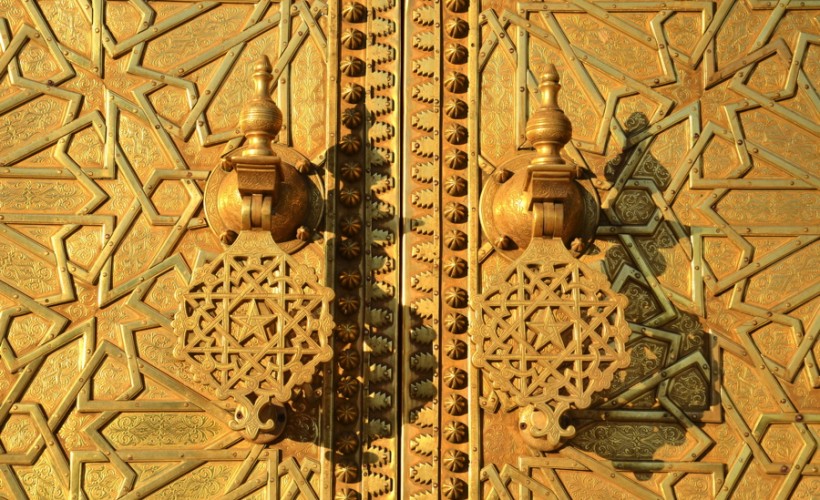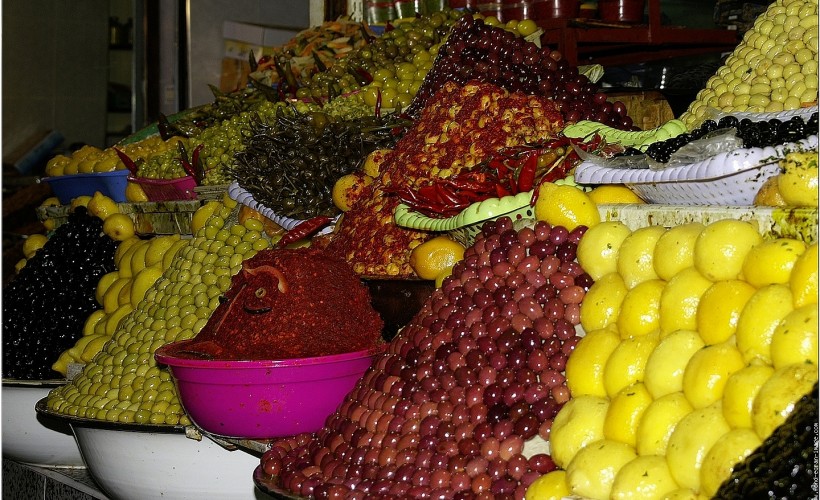Founded in the IXe century and home to the oldest university in the world, Fez reached its height in the thirteenth and fourteenth centuries, under the Marinids, when it replaced Marrakesh as the capital of the kingdom. The urban fabric and the principal monuments in the medina roots in this period: madrasah, fondouks, palaces, residences, mosques, fountains, etc.. Despite the transfer of the registered capital of Rabat, in 1912, has retained its status of cultural and spiritual capital of the country.
Once trade with Cordoba, Kairouan and the rest of the Muslim world had a great city of Fez, Economic and Trade Fez was at the crossroads of trading on the southern shore of the Mediterranean, the main roads of this city went to Ceuta, Sale, Tlemcen and Sijilmassa once considered among the major communication networks.
Declared by UNESCO in 1976, Universal Heritage, the medieval city is now the subject of special attention and efforts of many urban planners, public authorities and organizations to preserve, protect, restore and rehabilitate its remains and its authenticity and single
The agency Dédensitification and Realization of Fez (ADER) was created in 1989 for the implementation of major program for the restoration of monuments, the transfer of polluting activities outside the Medina.
A rich contribution of patronage has restored a number of monuments. The Japanese government and financial organizations such as the World Bank and the Arab Fund for Economic and Social Development (AFESD), the Italian government and all gave their support and expressed their support.










